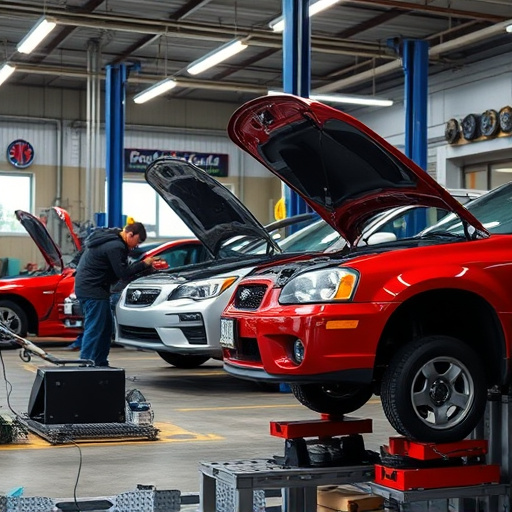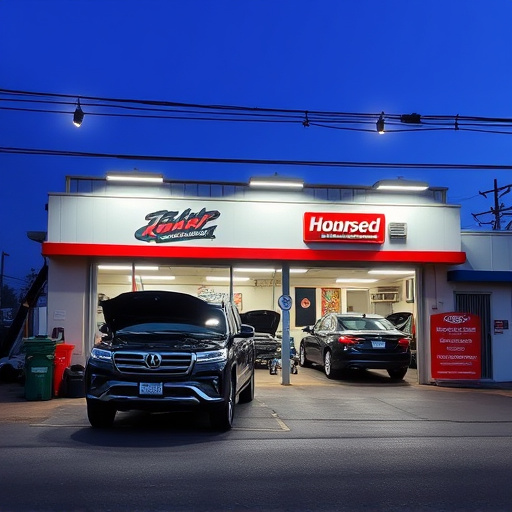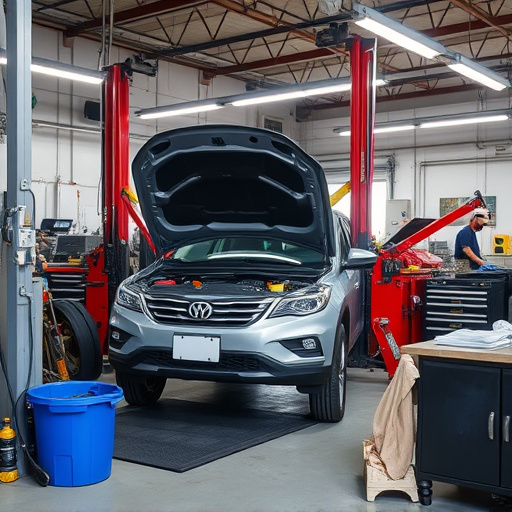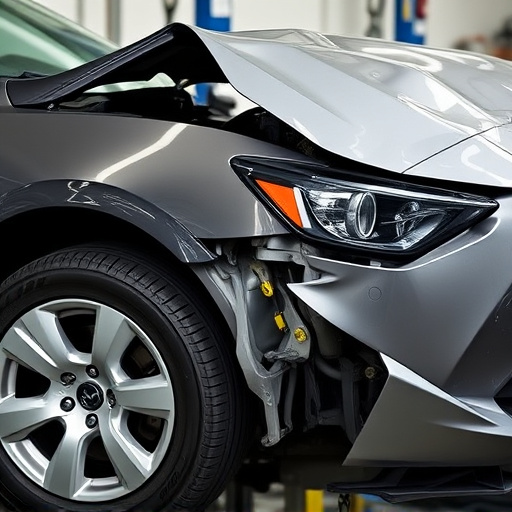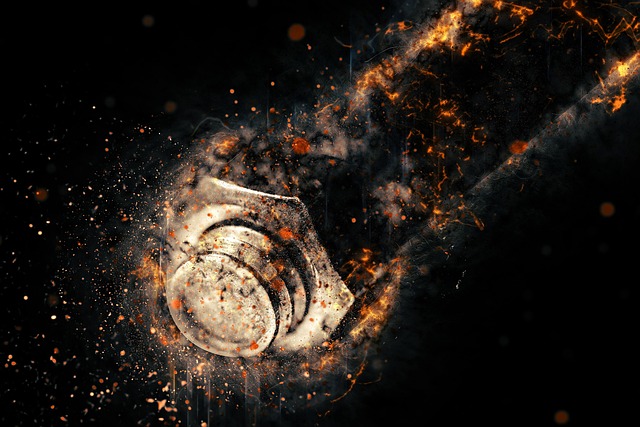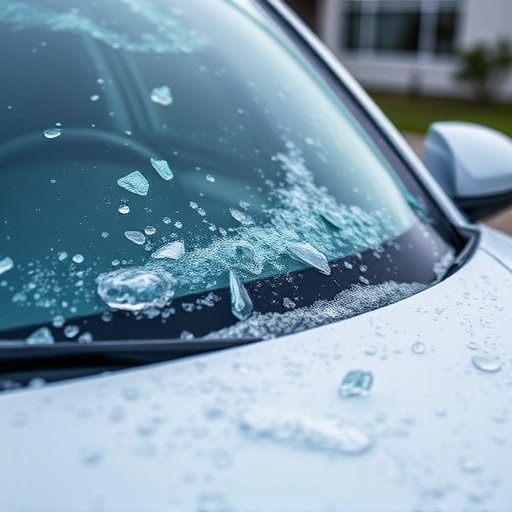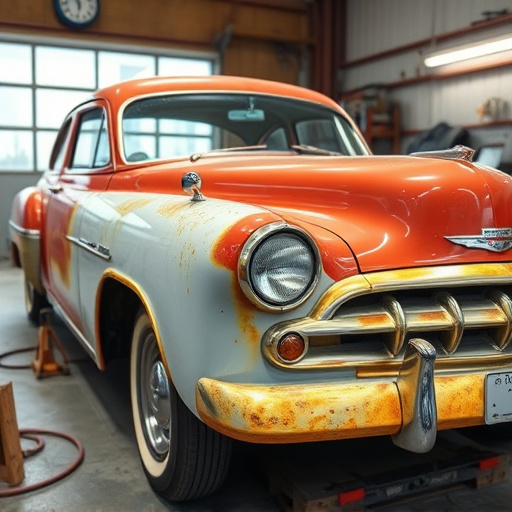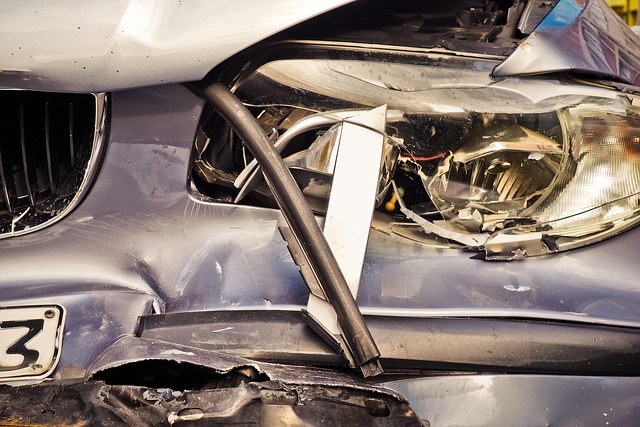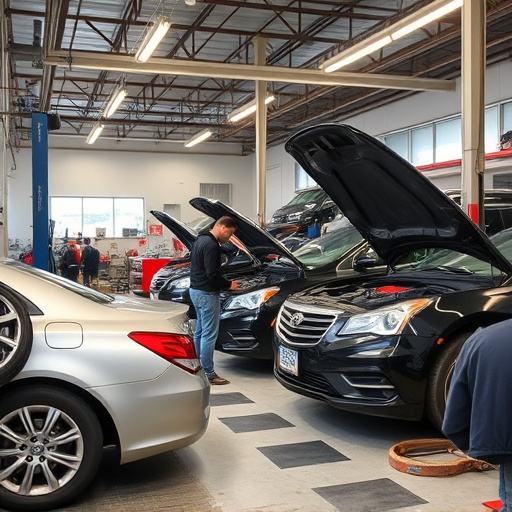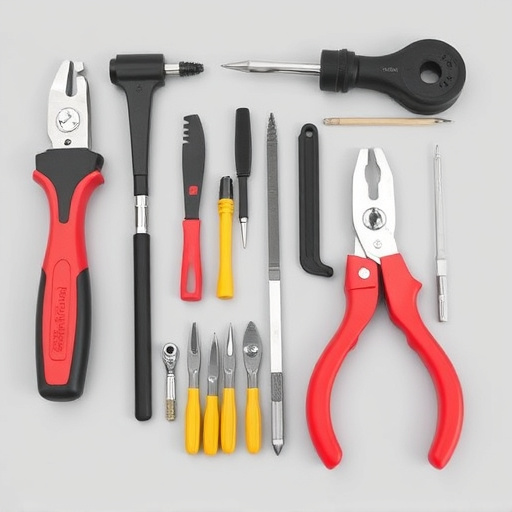After a minor collision, assessing steering alignment is crucial for your vehicle's safety and handling. Look for uneven tire wear or wheel/suspension warping, and inspect the steering column, rack, and pinion assembly for loose connections or damage. Promptly repair car damage, including realignments if needed, to maintain performance, preserve resale value, and avoid future handling issues and safety hazards. Regular maintenance by a professional mechanic is key to ensuring vehicle stability and preventing costly collision repairs.
After a minor collision, paying close attention to your vehicle’s steering alignment is crucial. Even seemingly insignificant bumps can cause misalignments, leading to handling issues and potential long-term damage if left unaddressed. This article guides you through assessing steering alignment post-collision, common issues stemming from misaligned steering, and preventive steps to keep your vehicle in top shape. Learn how to spot problems early and ensure safe, efficient driving.
- Assessing Steering Alignment: What to Look For Post-Collision
- Common Issues Arising from Misaligned Steering After a Minor Crash
- Steps to Correct and Prevent Future Steering Alignment Problems
Assessing Steering Alignment: What to Look For Post-Collision
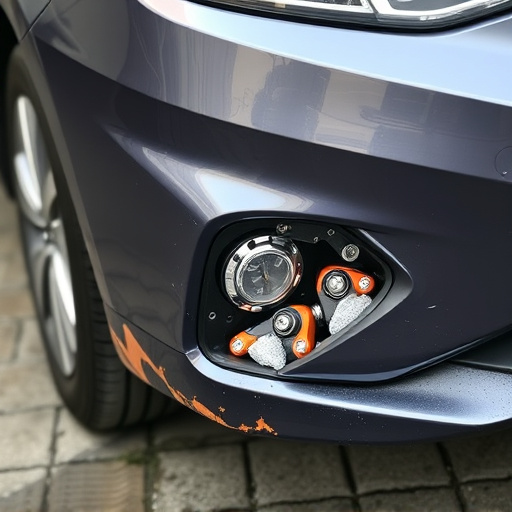
After a minor collision, assessing the steering alignment is crucial to ensure your vehicle’s safety and handling capabilities. Look for any visible signs of misalignment, such as uneven tire wear patterns or obvious warping in the wheels and suspension components. These indicators suggest that the accident may have affected the precision with which your car steers.
Inspecting the steering column, rack, and pinion assembly is particularly important. Check for loose connections, damage to the steering gear, or any signs of misalignment in these parts. A professional automotive body shop can provide comprehensive car bodywork services, including precise realignments if needed. Prompt car damage repair after a collision not only ensures optimal safety but also helps maintain your vehicle’s performance and resale value.
Common Issues Arising from Misaligned Steering After a Minor Crash
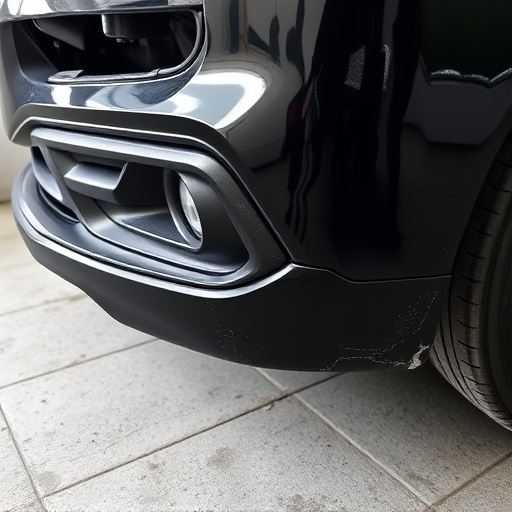
After a minor collision, misaligned steering is a common issue that often goes unnoticed. While the vehicle may appear superficially unscathed, internal components can be affected, leading to handling problems and safety hazards. Misalignment can cause uneven tire wear, compromising your car’s stability and maneuverability. This issue is particularly prominent in cases where fender repair or auto body restoration is required, as the alignment of critical steering components might have been disturbed during the accident.
The consequences of misaligned steering are far-reaching. It can result in vibrations while driving, erratic steering responses, and even premature tire failure. Car repair services often report an increase in such cases following collisions, emphasizing the need for thorough inspections post-accident. Regular checks and prompt correction of steering alignment after a collision are essential to maintain vehicle safety and performance.
Steps to Correct and Prevent Future Steering Alignment Problems
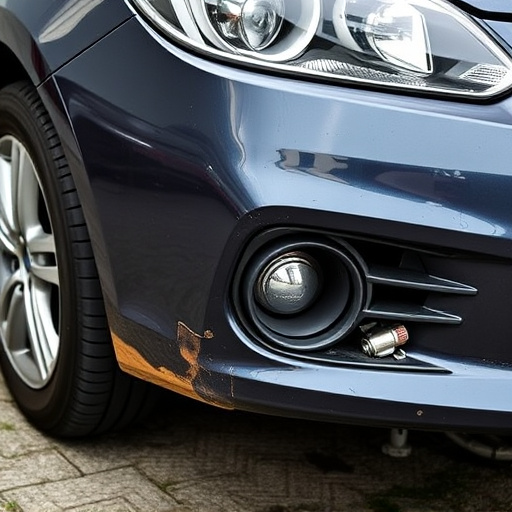
After a minor collision, it’s crucial to address steering alignment issues promptly to prevent future problems. The first step is to have your vehicle inspected by a professional mechanic. They will use specialized equipment to assess any damage or misalignment to the steering components, such as the suspension and steering rack. During this process, they can also identify any necessary repairs or adjustments to the vehicle’s bodywork, ensuring that all parts are aligned correctly.
To prevent future steering alignment problems, regular maintenance is key. This includes keeping up with scheduled service appointments where mechanics can perform a thorough check-up, including adjusting wear components and lubricating moving parts. Additionally, drivers should be mindful of their driving habits, avoiding sharp turns or abrupt maneuvers that could put excessive strain on the steering system. Regular auto detailing can also help; by inspecting and addressing any issues early on, you’ll save yourself from more costly car collision repair down the line.
After a minor collision, paying close attention to your vehicle’s steering alignment is crucial. By understanding common issues like tire wear, suspension damage, and misaligned wheels that can arise from such incidents, you can take proactive steps to correct them. Regular checks and timely maintenance are key to preventing future problems with steering alignment, ensuring a safer and smoother driving experience.


